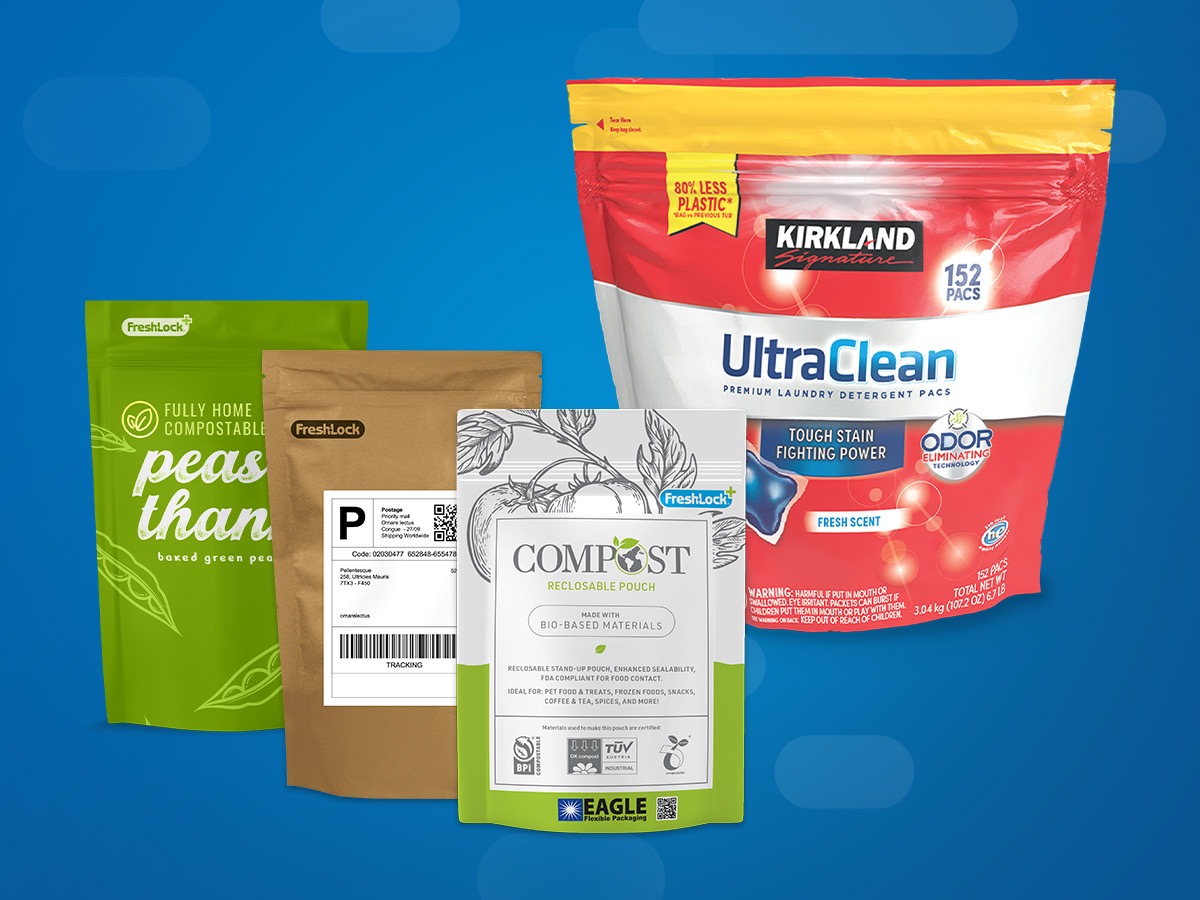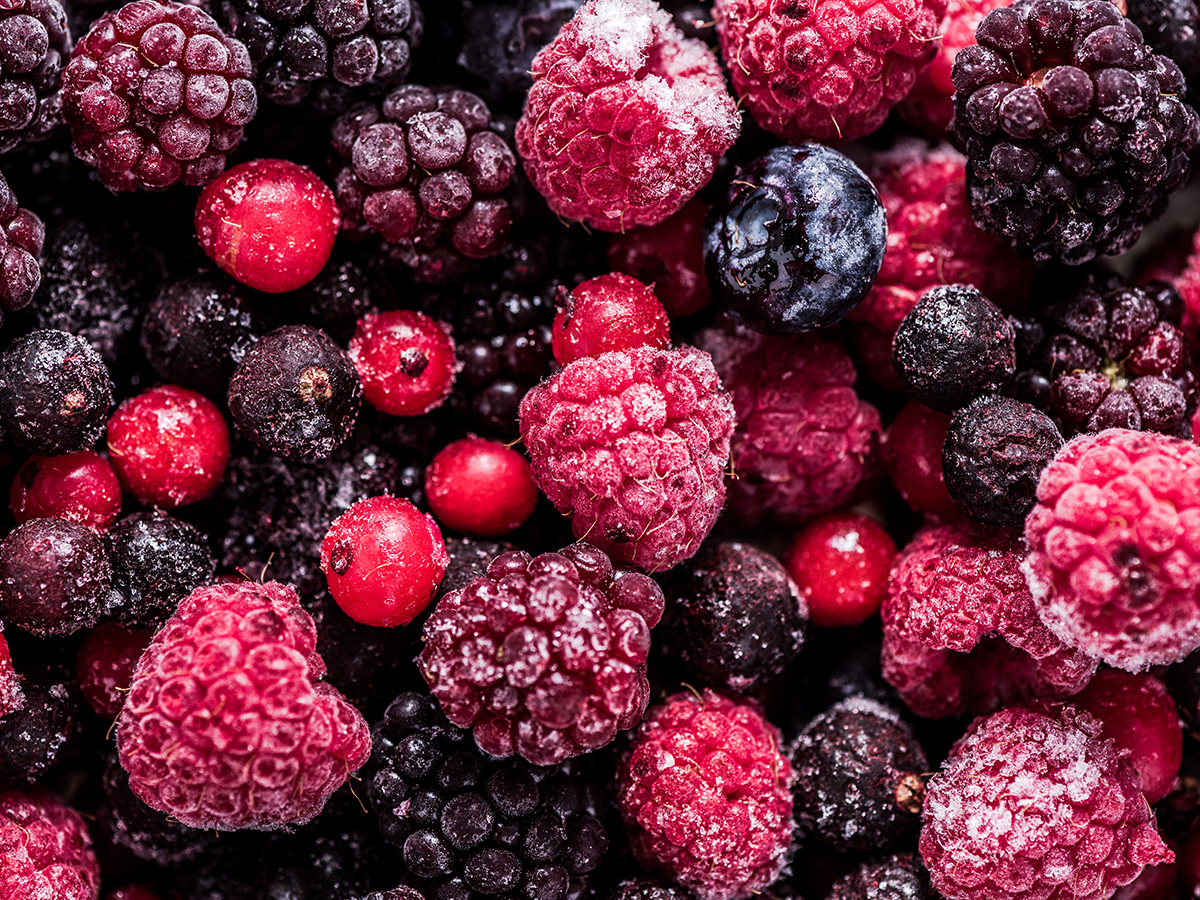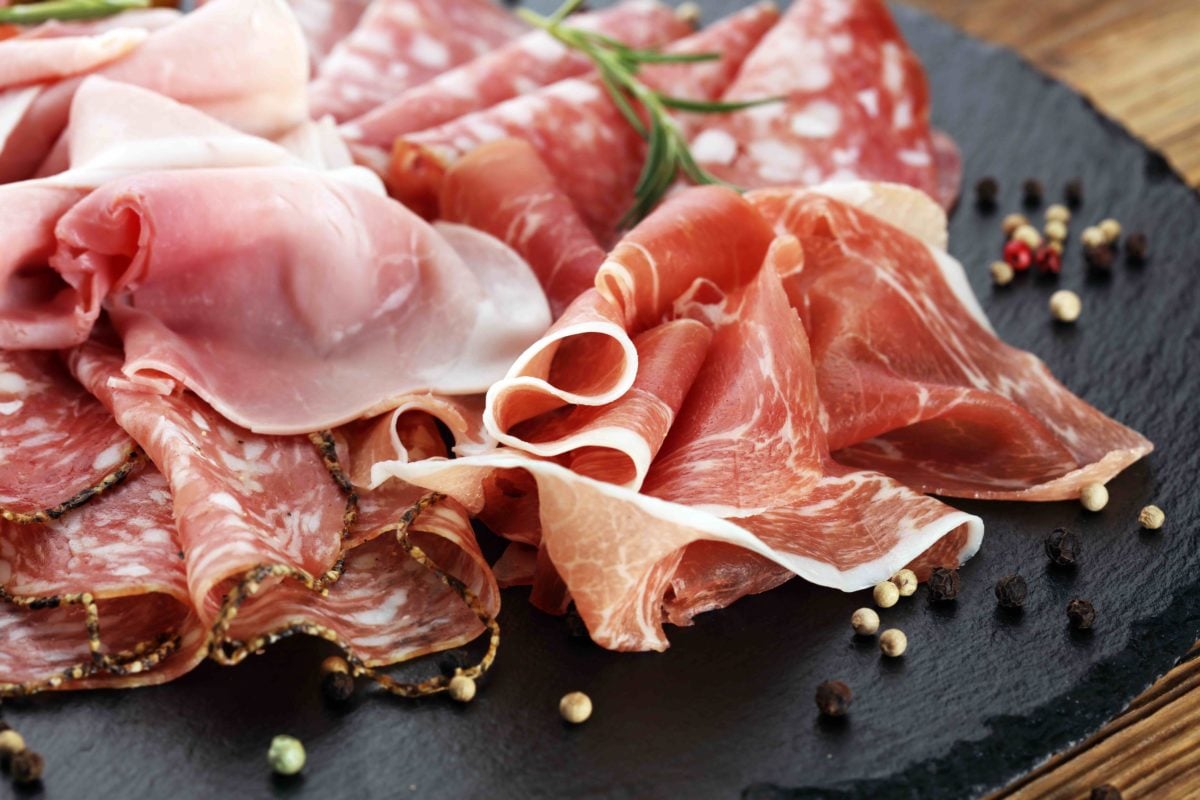
What’s Next in Packaging? Trends Point to Measurable, Minimal, and Mandated
Sustainability is more than just a trend across the packaging industry; it’s the standard. From new Extended Producer Responsibility (EPR) laws and the rise of measurable on-pack metrics to cleaner designs, reduced material usage, and increased demand for paper-based formats, packaging producers are designing with the entire lifecycle in mind. At major industry events like PACK EXPO, these sustainability-driven shifts are expected to be at the forefront of the conversation.
EPR Laws are Accelerating Sustainable Packaging Innovations
While the packaging industry continues innovating to push sustainability forward, local municipalities around the United States and beyond are quickening the pace with regulations that increase the responsibility of producers to consider the end-of-life of their products. For example, California’s SB 54, the Plastic Pollution Prevention and Packaging Producer Responsibility Act, is part of a broader movement to reshape the packaging landscape by shifting the responsibility of packaging waste management to producers. This legislation establishes an EPR program, which holds packagers accountable for the entire lifecycle of their packaging, from design to disposal. There is a lot packed into SB 54, which challenges brands with ambitious targets such as 100% of single-use packaging must be either recyclable or compostable, and a 25% reduction in single-use packaging by 2032. These measures require brands to rethink their packaging strategies and determine how their product offerings could be impacted. SB 54 also presents considerations for other states and countries to pass similar legislation. For example, Maryland’s SB 901 establishes an EPR scheme for packaging and paper products, while similarly Oregon’s SB 582 which was passed in 2022, with recycling changes effective in 2025.
For brands navigating this changing regulatory landscape, sustainable packaging practices are more than a compliance requirement—they’re also a competitive edge. As sustainability goals reshape the packaging industry in the coming years, legislation like SB 54 will push innovation from a "nice to have" to a "must-have”. For packaging teams and brands, aligning with suppliers who offer forward-thinking solutions will be paramount in navigating these upcoming changes.
To help producers navigate EPR laws and other evolving regulations, the Fresh-Lock team is driving innovation in sustainable flexible packaging with solutions that include post-consumer recycled (PCR) content, bio-based materials, and home compostable options, brands can incorporate ahead of legislation and reinforce their commitment to sustainability.
Trading Generic Sustainability Claims for Measurable Metrics on Packaging
Throughout 2025, brands have moved beyond generic “green” claims and focused on measurable sustainability achievements that can be clearly communicated on packaging. Supply chain partners and buyers are looking for verifiable data such as the percentage of source reduction, the adoption of circular design elements, or quantifiable improvements in recyclability. By adding these metrics directly onto packaging, companies can responsibly differentiate themselves in the marketplace and provide tangible proof points to share with retailers and consumers. This approach strengthens credibility and positions packaging as a measurable asset in broader ESG (environmental, social, and governance) strategies.
Achieving measurable sustainability gains may require a thoughtful redesign. For Costco’s Kirkland Signature® Ultra Clean Premium Laundry Detergent Pacs, the Fresh-Lock team collaborated with other sustainability-focused packaging suppliers to help Costco reduce its carbon footprint by creating a fully recyclable package with a child-resistant closure. The WorldStar Award-winning packaging redesign delivered an 85% reduction in carbon footprint and used 80% less plastic compared to the original rigid tub. Results like these provide a compelling story to share with consumers—one that resonates far more than broad claims of being sustainable or “green”.
As consumer-packaged goods (CPG) brands find themselves under increasing pressure from both consumers and regulators to demonstrate real, quantifiable impact, measurable metrics are becoming a key differentiator. Looking ahead, the expectation that packaging should deliver verifiable sustainability outcomes and communicate them clearly on the packaging will continue to grow. The focus then shifts from whether or not a brand can achieve these gains to how they can effectively measure, prove, and communicate them. Those who prioritize transparency and partner with suppliers capable of delivering measurable results will be best positioned to meet rising expectations.
Clean, Minimal Packaging Design is Gaining Momentum
In addition to the growing demand for greater sustainability impact and transparency, the industry is also seeing a shift toward more minimalist packaging designs. While bold, colorful, and expressive styles have enjoyed a resurgence in recent years. Clean, minimal designs are making a strong comeback—particularly among brands highlighting their sustainability commitments.
Manufacturers are increasingly adopting lightweight materials to help reduce transportation costs without sacrificing performance, and sourcing more U.S.-based components helps improve resilience and traceability. At the same time, procurement teams and retailers value the effective communication that comes from simplified graphics and transparency in sourcing claims. Additionally, the user experience can be enhanced with dependable open-and-reclose mechanisms and streamlined ergonomics, all without adding unnecessary complexity or cost.
Less is More: Flexible Packaging Performance with Reduced Material
Building on the momentum of sustainability trends in the packaging sector, advancements in engineering and materials science have enabled the packaging industry to achieve more with less. This year has marked a clear pivot from rigid to flexible formats, which delivers both cost savings and sustainability benefits while maintaining the strength and protection packaged goods require.
As brands, retailers, and packagers seek out new flexible packaging solutions, the question of how to do more with less remains top-of-mind. Fortunately, ultra-strong, lightweight films and components are reducing overall material usage and maintaining functionality with features like reliable zippers. The result is a win for brands and consumers alike. For businesses, it means raw material costs are reduced, more efficient logistics, and packaging systems that meet performance and sustainability requirements. For consumers, it translates to less bulk in the pantry, easier reclosability, and more conscious disposal.
Consumer Perception Drives Demand for Paper Packaging
Consumers have the perception that paper is one of the most eco-friendly packaging choices due to its association with recyclability, renewability, and lower environmental impact compared to petrochemical-based plastics. As it goes, consumers’ perception shapes retailer demand, and brands are facing mounting pressure to provide packaging solutions that align with consumer values and goals. Retailers are requesting paper-based options not only to meet these rising expectations, but also to strengthen environmental commitments and brand reputation in the marketplace.
For packaging suppliers, this shift underscores the importance of developing paper-based formats that balance sustainability with functionality, durability, and cost-effectiveness. To help brands keep up with this trajectory, the Fresh-Lock team has recyclable closures that are compatible with paper-based packaging.
Turning Trends into Long-Term Strategy
As sustainability continues to alter the packaging landscape, events like PACK EXPO serve as an excellent resource for industry players. These events don’t just highlight what’s trending, but also give a platform to the solutions that can help address industry challenges. From EPR regulations to consumer demands, the pressure to innovate is mounting. Brands that act now by aligning with proactive suppliers and embracing the change will be best served in turning today’s trends into long-term success.

 Back to Blog
Back to Blog

